During WWII the Ordnance Department standardized a portable fire extinguisher for use on armored vehicles. This fire extinguisher would be a 4lb., man portable, self-contained, CO2 type, B & C class extinguisher. The Ordnance Department specifications would list this unit as a D-37127. It was manufactured by at least three manufactures: Walter Kidde & Company of Bellville, NJ (ordnance manufacturers code WK), C-O-TWO Fire Equipment Company of Newark, NJ (ordnance manufacturers code COT) and Randolph Laboratories of Chicago, IL (ordnance manufactures code RX). It is likely that additional manufactures produced extinguishers to fit this need, but the first two listed manufactures were the primary suppliers providing the bulk of the Ordnance Department’s procurement requirements.
Each manufacturer would provide a slightly modified civilian version to fit the ordnance requirements. Walter Kidde & Co. provided their LUX brand model “4T” with a different valve assembly and C-O-TWO provided their “PS-4” model for these requirements. The main difference between the two manufacturer’s units was that the Walter Kidde & Co. model would have a “pistol” type grip with a trigger actuated discharge and the C-O-TWO unit would have a two piece handle with a “squeeze grip” actuated discharge. Another slight difference would be the brand labeling. Walter Kidde & Co. would have all of the branding on a single decal attached to the tank, parallel to the length, with a second, smaller decal on the opposite side of the tank providing space for testing results. The C-O-TWO Fire Equipment Co. would have both a small logo decal perpendicular to the length of the pressure tank and an aluminum collar fitted around the tank with additional labeling (UL Lab listing, fire classifications, etc). The aluminum collar was a carry-over from the civilian model. Further, the C-O-Two model would have “C-O-TWO” cast into the side of the valve assemby. On the opposite side of the valve would be cast, “PS-” with a hand-stamped “4” added just after the raised hyphen. One additional difference between the units is that the C-O-TWO model produced some tanks with rounded bottoms near the end of their production, whereas the Walter Kidde & Co. model retained it’s flat bottom design throughout production. Each manufacturer would retain their own proprietary valves. Dimensions for the two models were very similar.
The units were required to contain 4lb. (by weight) of CO2 and fit within a standardized mounting clamp of ordnance department design. Duration of discharge would be shared between models and would be listed as 18 seconds per tank with continuous use. The rubber cover on the discharge tube is to prevent cold burns when the tanks are used. The discharge horn appears to be made from a bakelite material. Most horns observed have a raised lip at the bottom of the horn.
The pressure tanks were marked with a number of stamped codes. These were normally in a linear format, one line under the next. Nearest the neck of the tank would be the code from the ICC (Interstate Commerce Commission) (later to become the DOT), typically labeled as: ICC-3A2015. Where “3A” stands for the type of standard pressure test required for the tank and where 2015 is the service/working pressure of the tank measured in PSI (pounds per square inch). From the service pressure, you can determine the hydrostatic test pressure of 3360 psi (rule of thumb would be 5/3rds more). Next would be a tank serial number added by the tank manufacturer. Such as HSC-8380-Y. Below this would normally be a found a symbol indicating the accredited ICC inspecting laboratory that supervises the original hydrostatic pressure tests. Such as the shield “H” shown in the photos. Below these other lines, you would find the initial pressure test approval date. This would simply be a short 3-4 digit numeric code indicating the month and year of successful testing (e.g. 12-44, 3-45). Lastly, on the side opposite the pressure test markings, you would find the ordnance piece mark stamped into the tank. This would appear as a circle with a “D” in it then 37127.
Tanks would be re-tested every 5-years and the new test certification date would be stamped into the tank. Once in civilian service, these “re-test” date stamps would be random and varied. Samples of the Kidde design show “NK5”, “NK92” stamped on the bottom of the tank and near the neck of the tank. I believe these were possibly a Kidde inspection mark. No samples have been received of the C-O-TWO type.
The tanks labeled as “Non Shatterable” seem to be of thinner tank thickness and lower service pressures. Because of the wall thickness difference, there is a weight savings in this style of tank. I believe these were used on Army and Navy aircraft rather than by the ordnance department ground vehicles where weight wasn’t a critical factor.
The 4lb. portable style of extinguisher would have been used on: M4 Sherman Tank (and variants), M5 Stuarts Tanks (and variants), M24 Tanks (and variants), Tank Destroyers, M8 & M20 Armored Cars, etc. Interestingly, the Corps Engineers was apparently the agency required to maintain stocks of extinguishers for Ordnance vehicles. A wartime ordnance stock number was assigned as K002-02-00121. Seemingly, concurrent to this, the Corps of Engineers assigned a stock code of 58-E-200-65 (post war, it became 58-4276.200.040) for the D37127 fire extinguisher.
M3(A1) scout cars and halftracks used a similar but smaller extinguisher. According to the SNL G-147 and ORD 7-8-9 SNL G-67, the fire extinguisher, for these vehicles, should have been the 2lb. size, Kidde part number WK-77298, Ordnance C86185 or C91171 (as a later replacement).
Most wheeled vehicles of the day would have carried a “pump” type, carbon-tetrachloride, chemical extinguisher of about 1 quart size. The most common of these would have been the Pyrene brand, but other manufacturers would have contributed to this production.
WORK ON THIS PAGE IS CURRENTLY IN PROGRESS…..
WALTER KIDDE & CO LUX MODEL 4T FIRE EXTINGUISHER
This 1944 sample of the Kidde version of the D-37127 extinguisher was used to observe some of the standardized markings
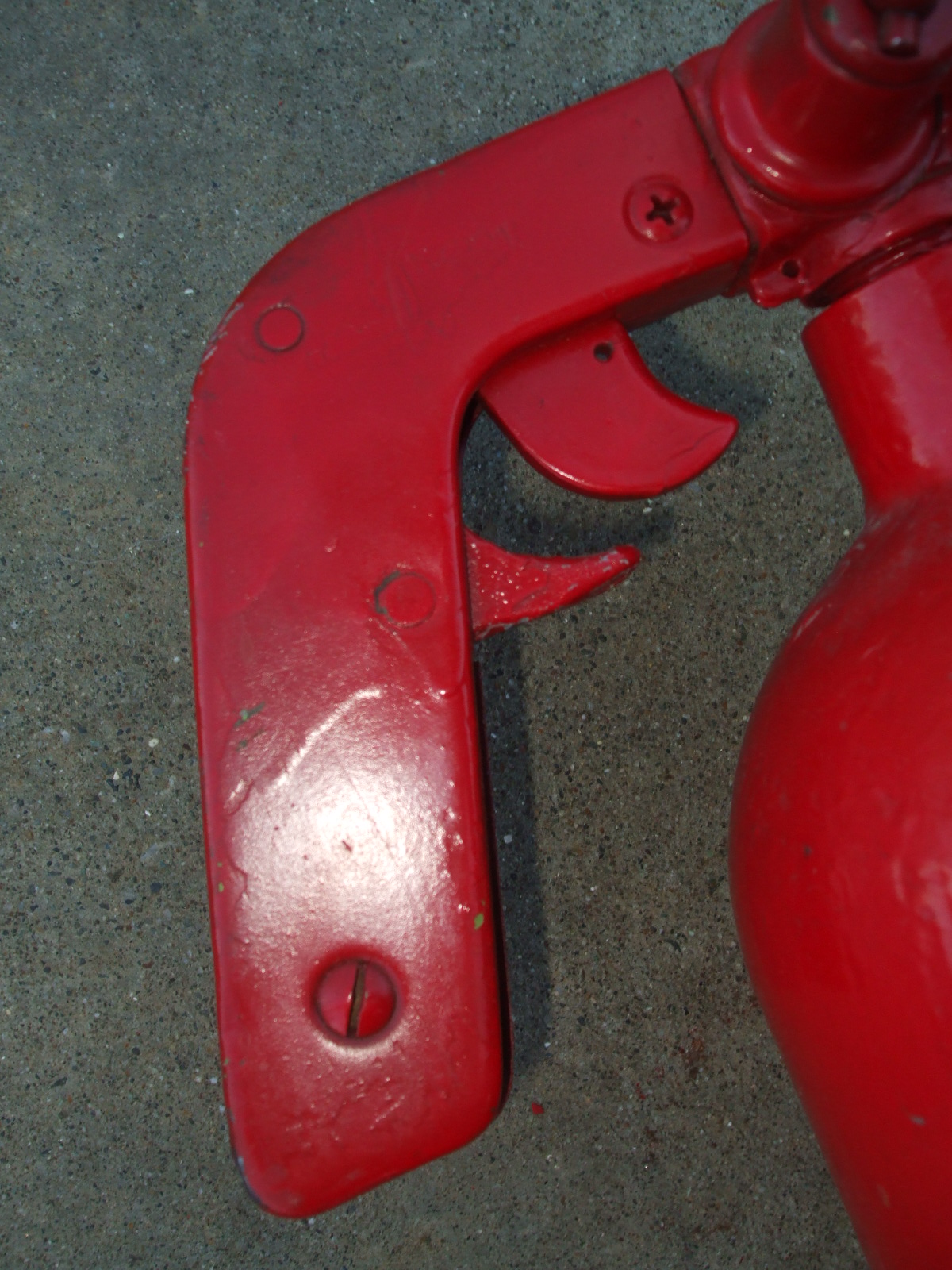
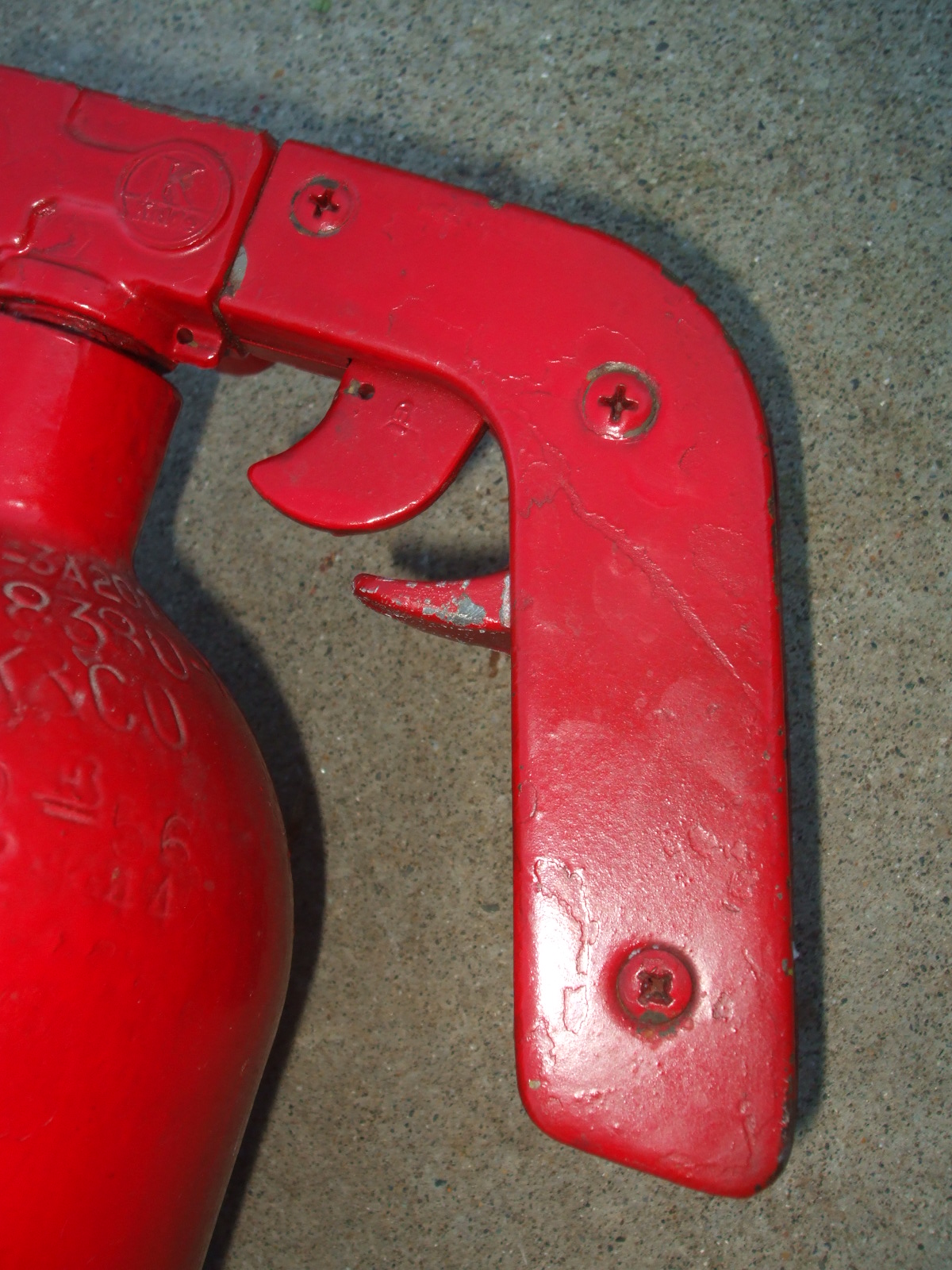
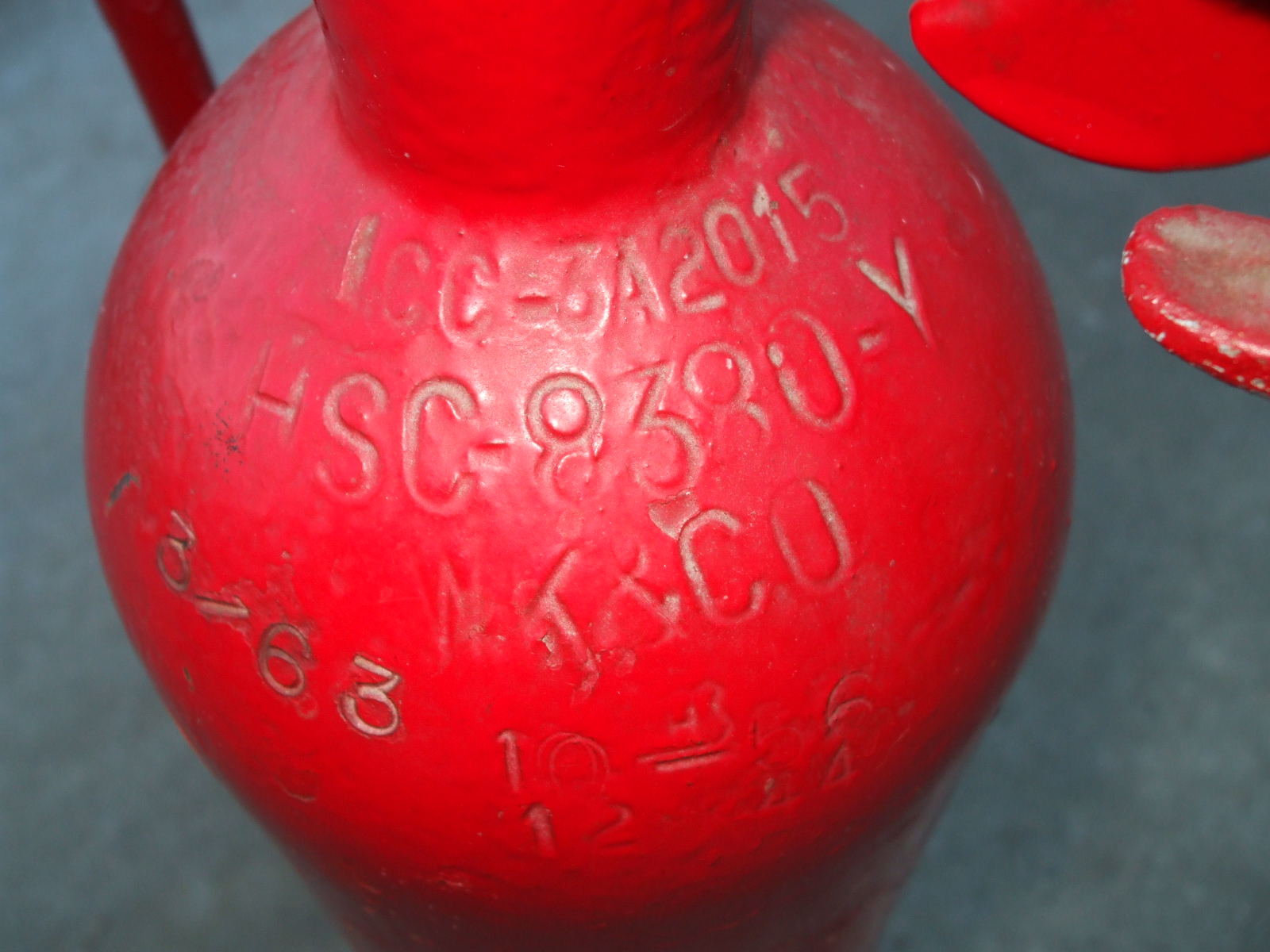


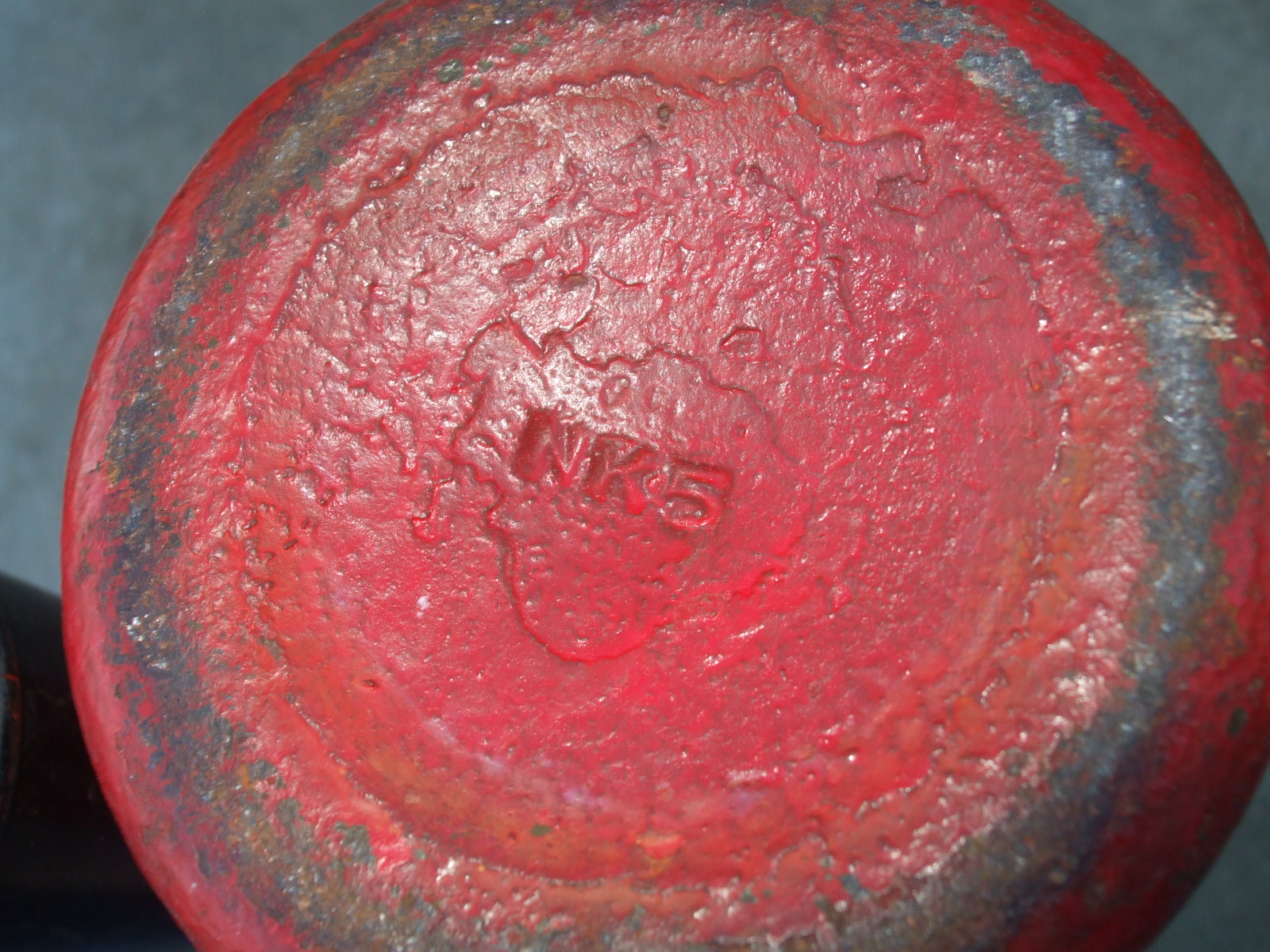
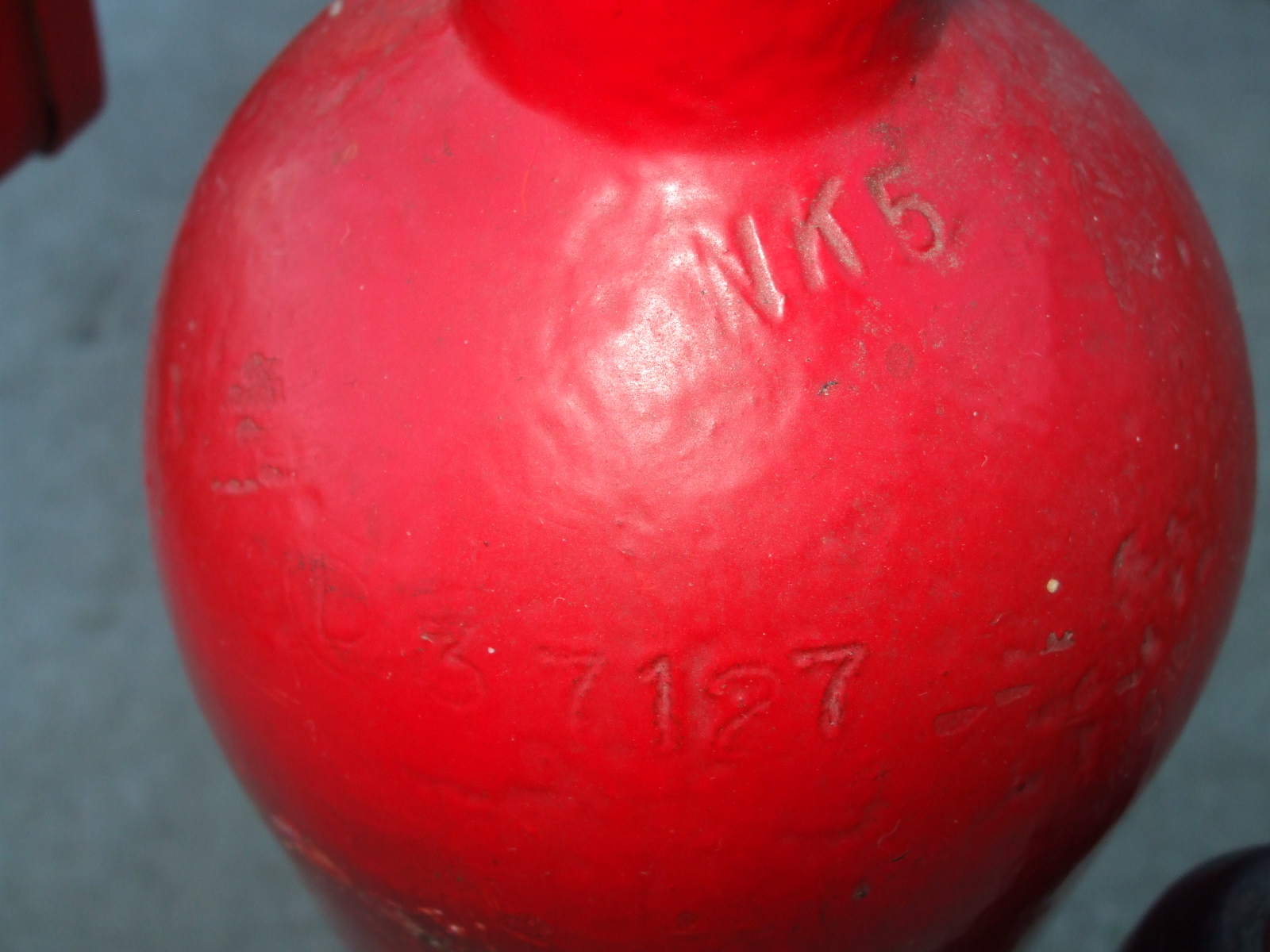
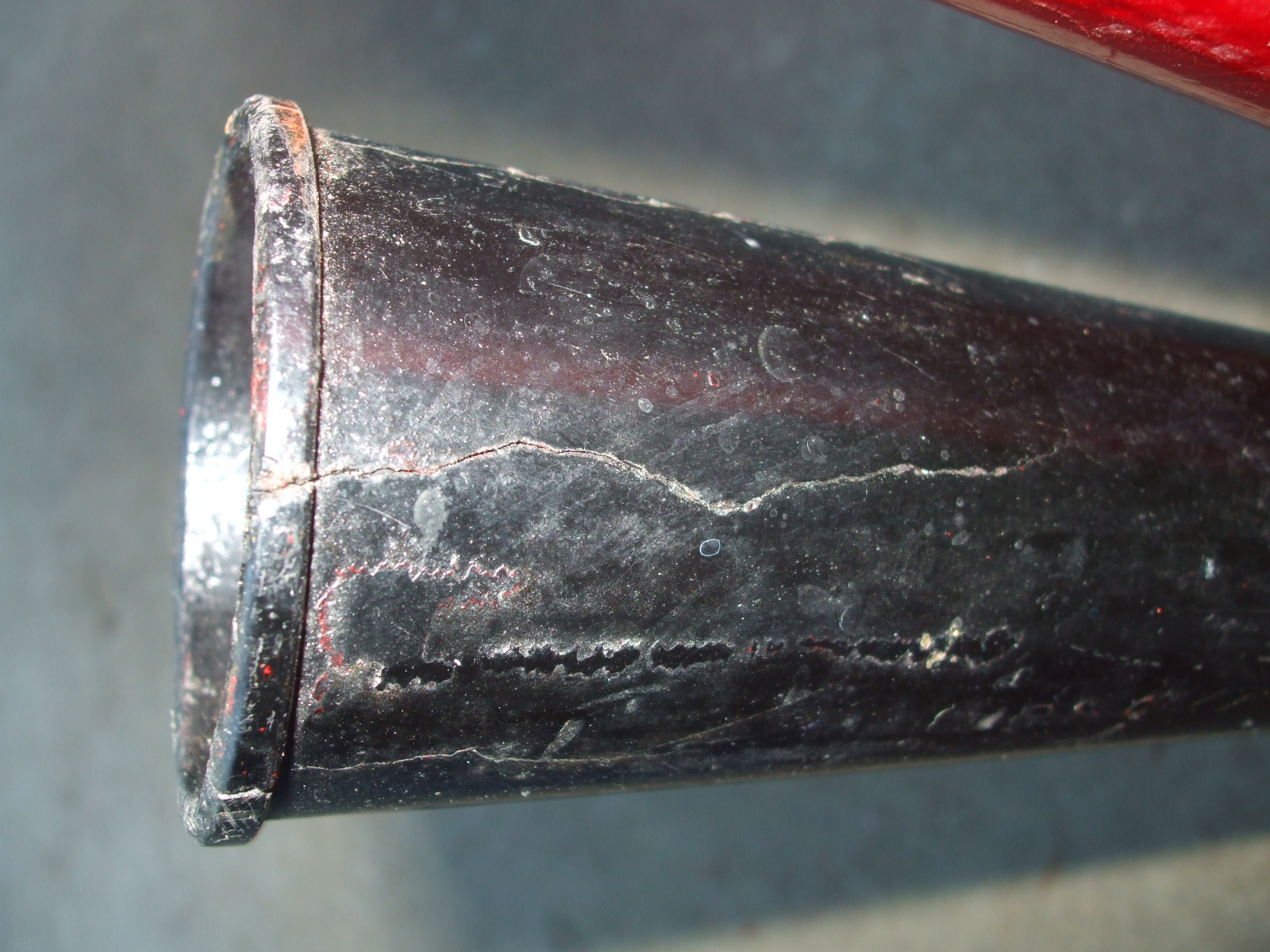
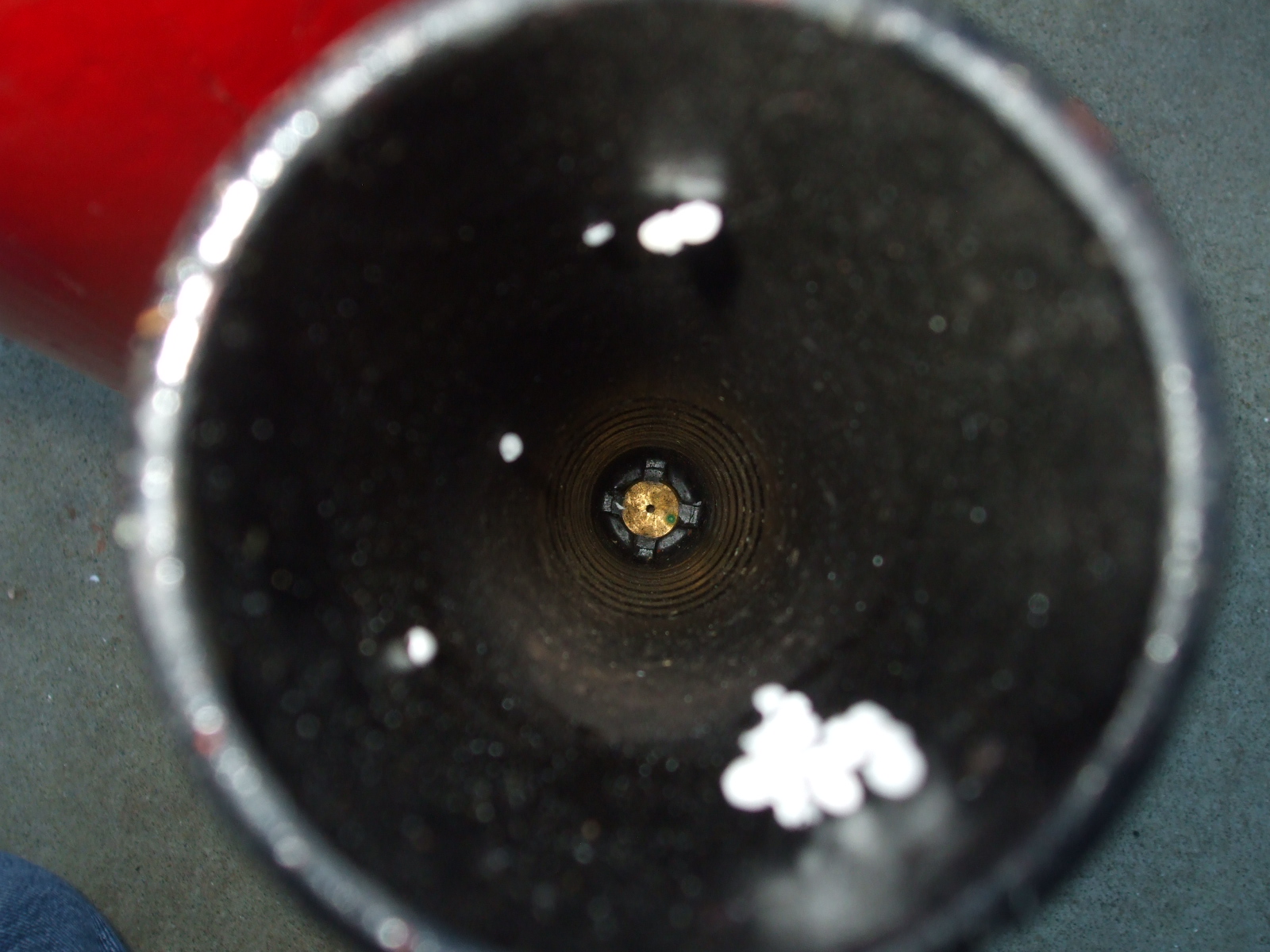
Another Kidde manufactured sample; this time a 1945 dated sample showing similar marking standards
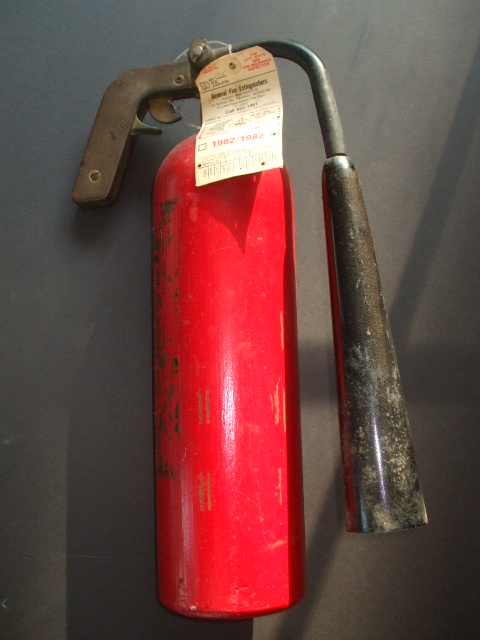

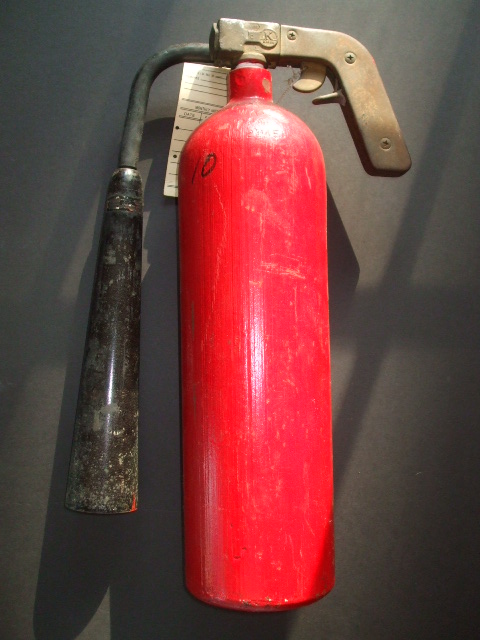


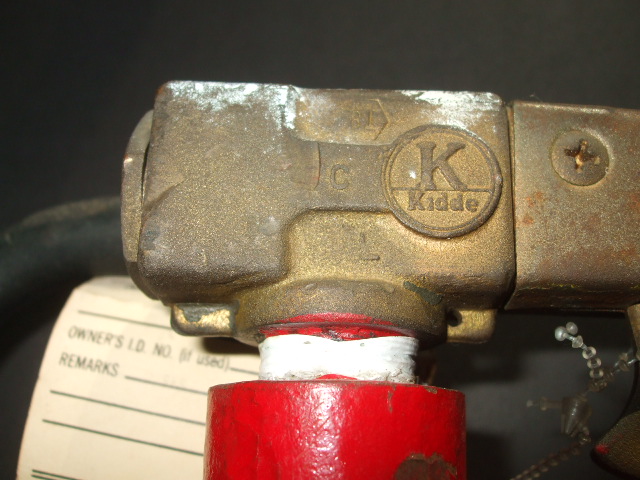
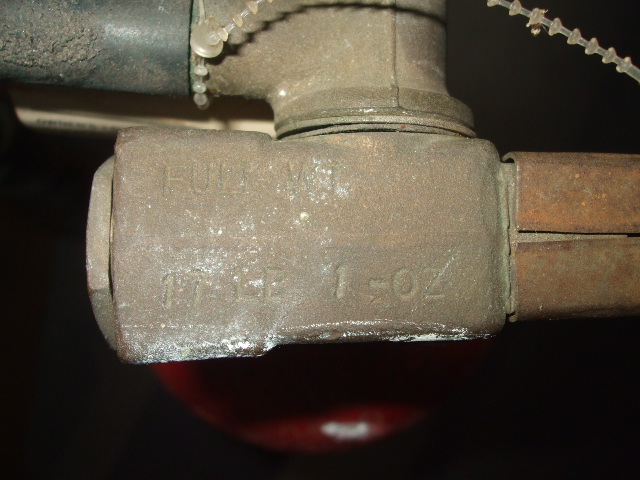
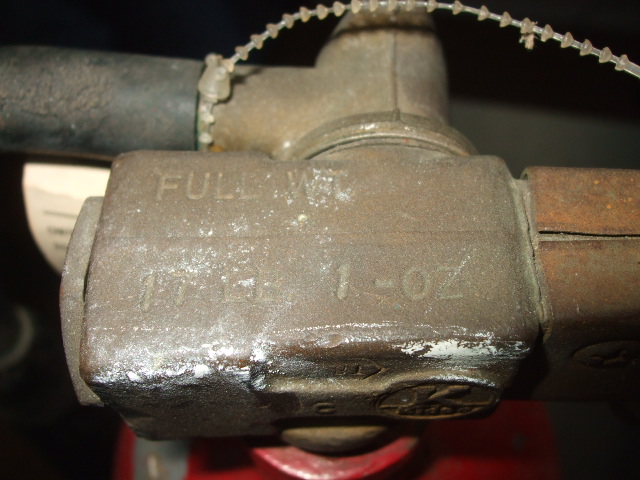

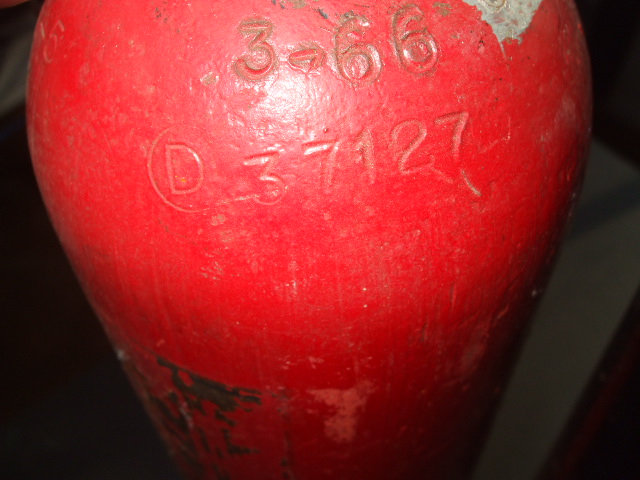
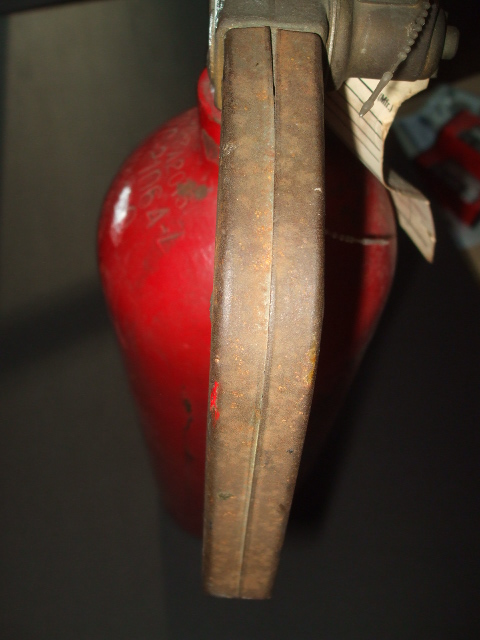

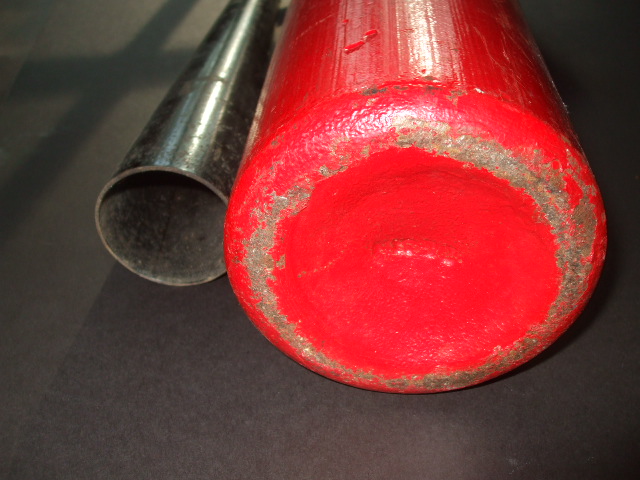
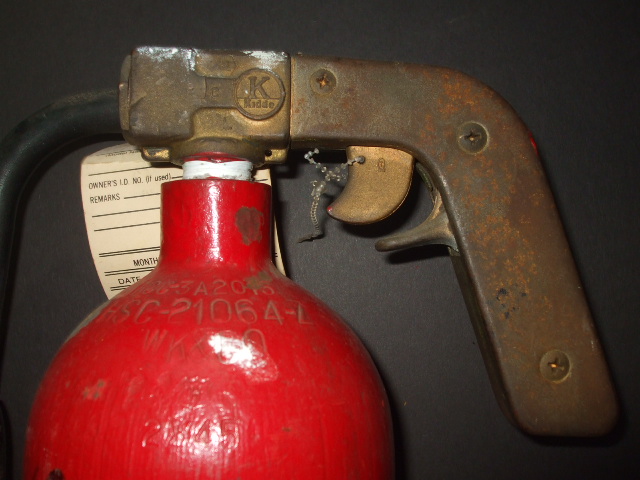
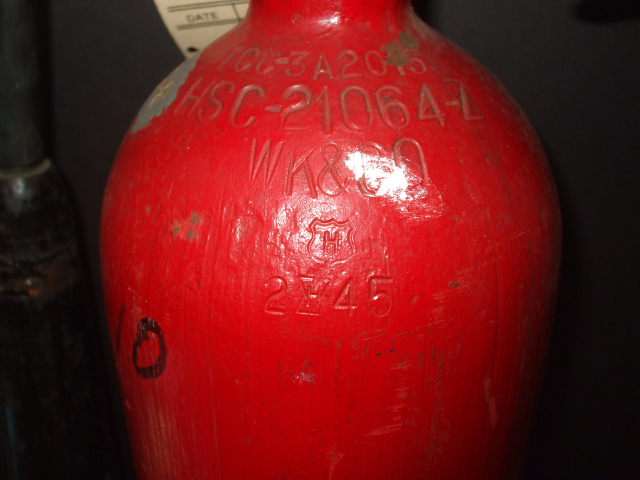
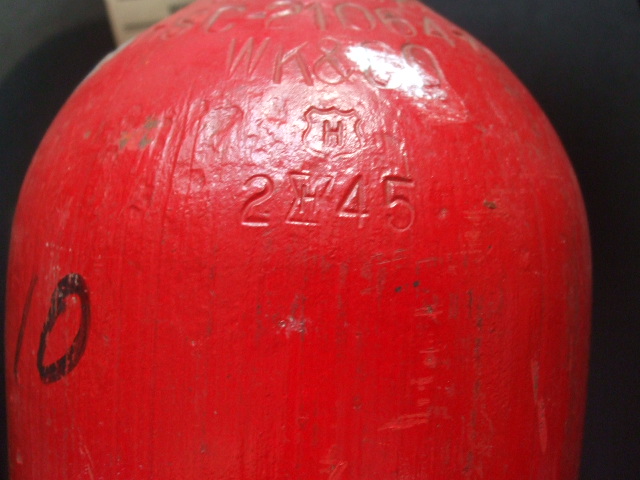
C-O-TWO FIRE EQUIPMENT CO. MODEL PS-4 FIRE EXTINGUISHER



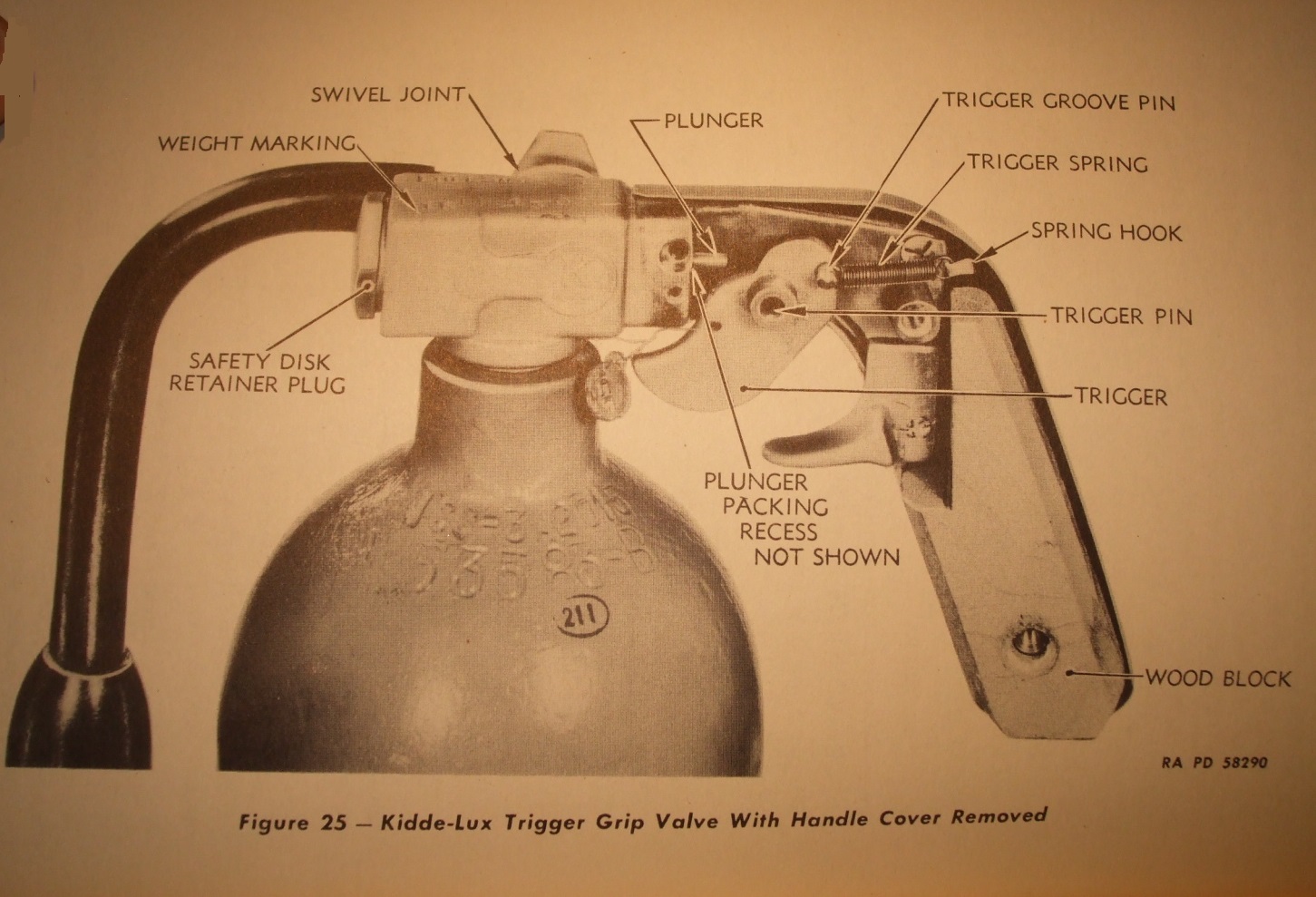
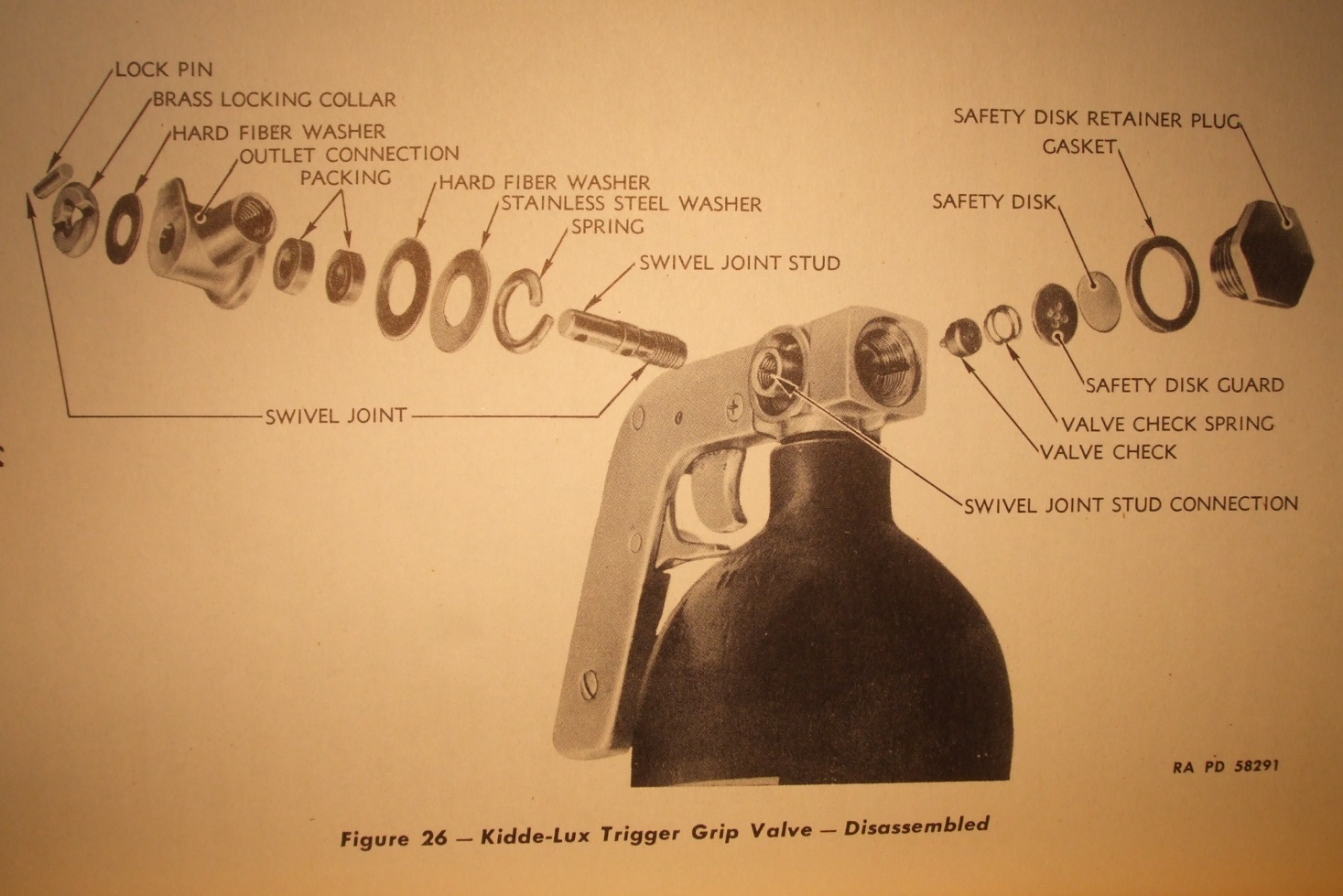
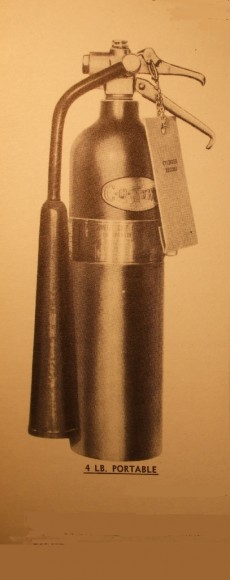
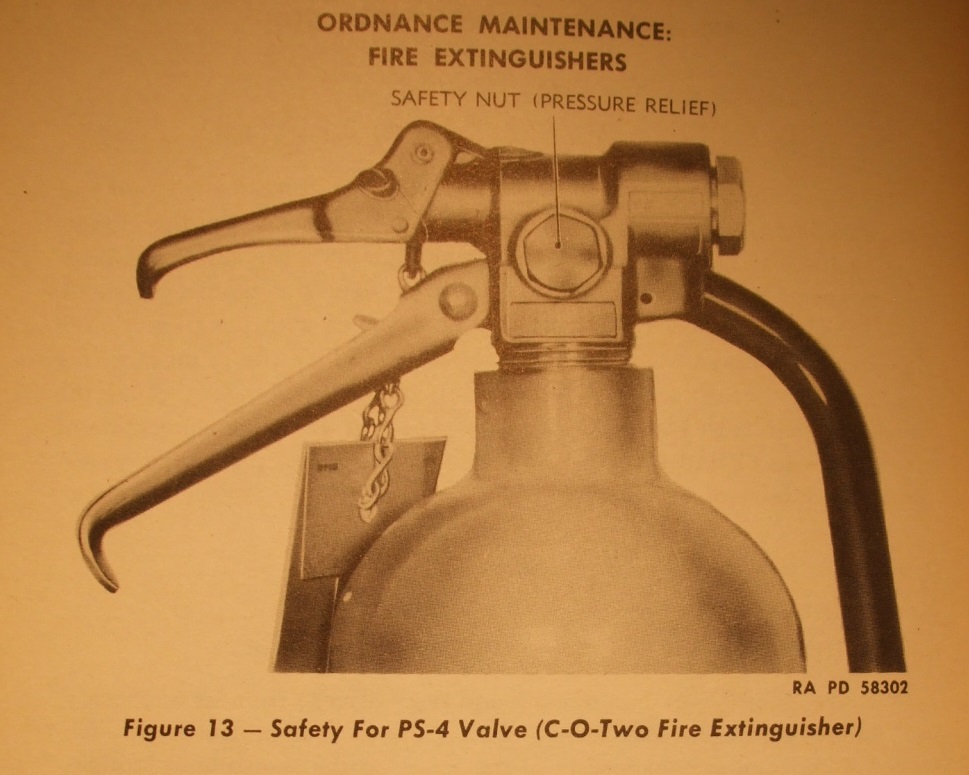
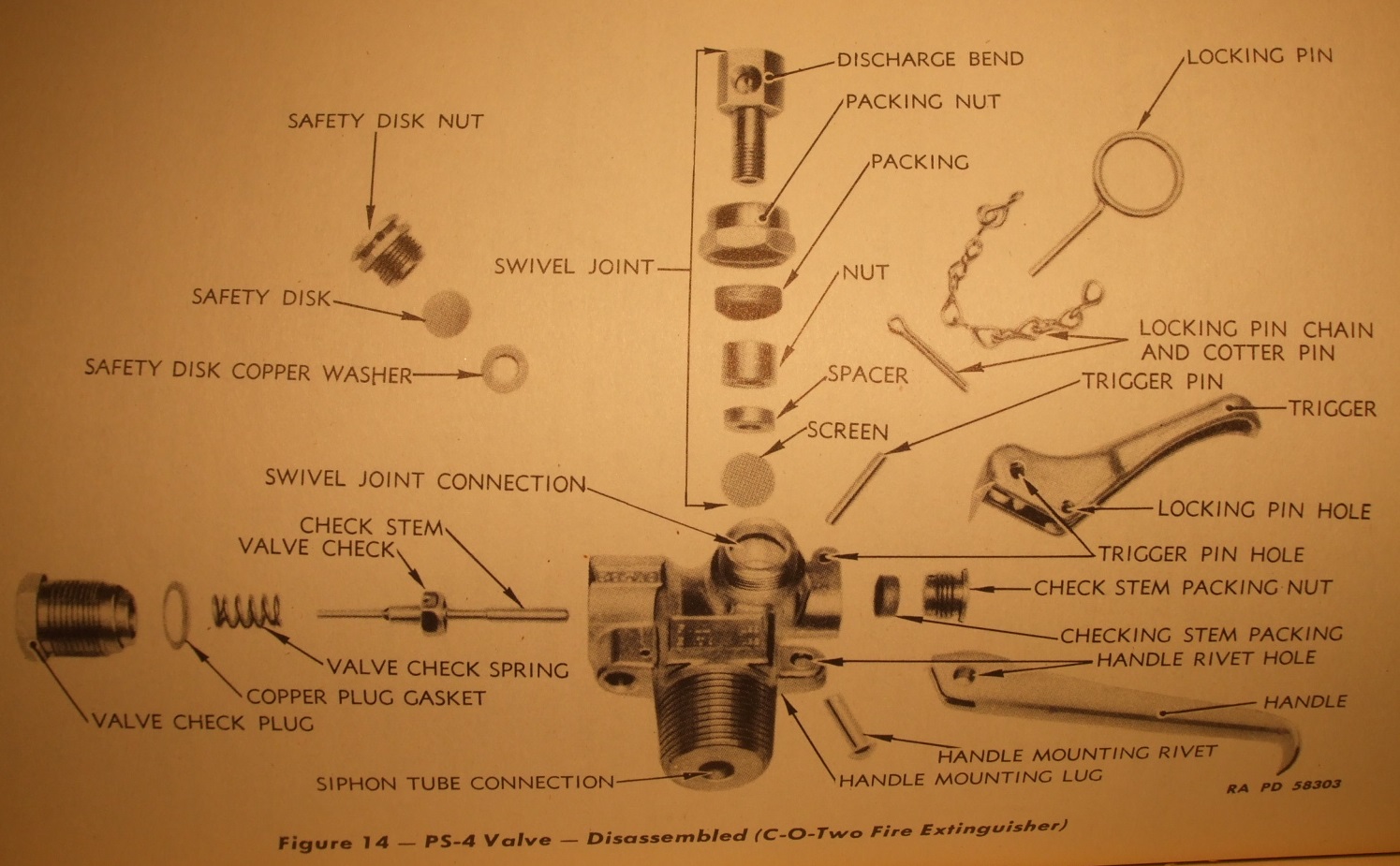
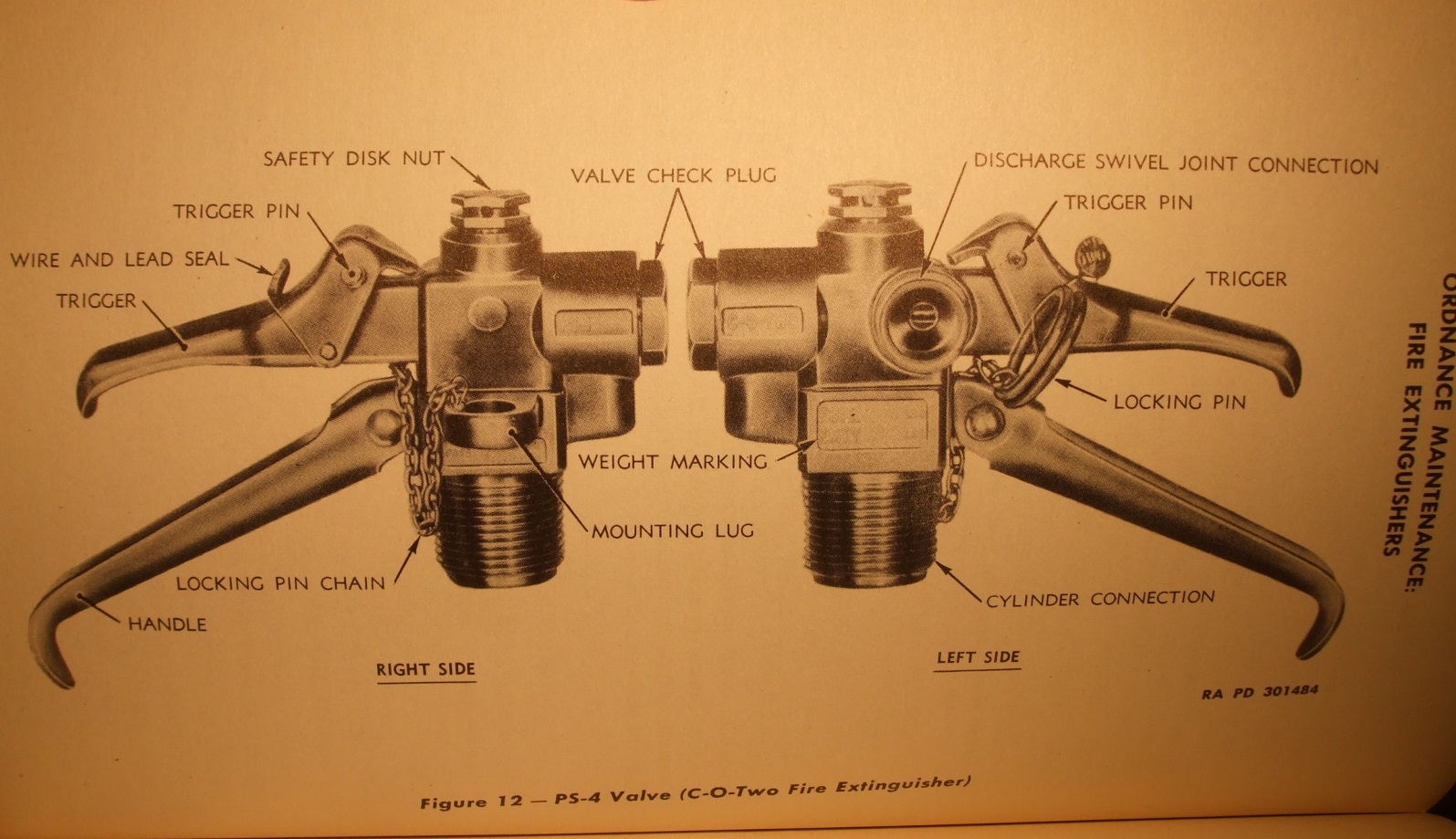
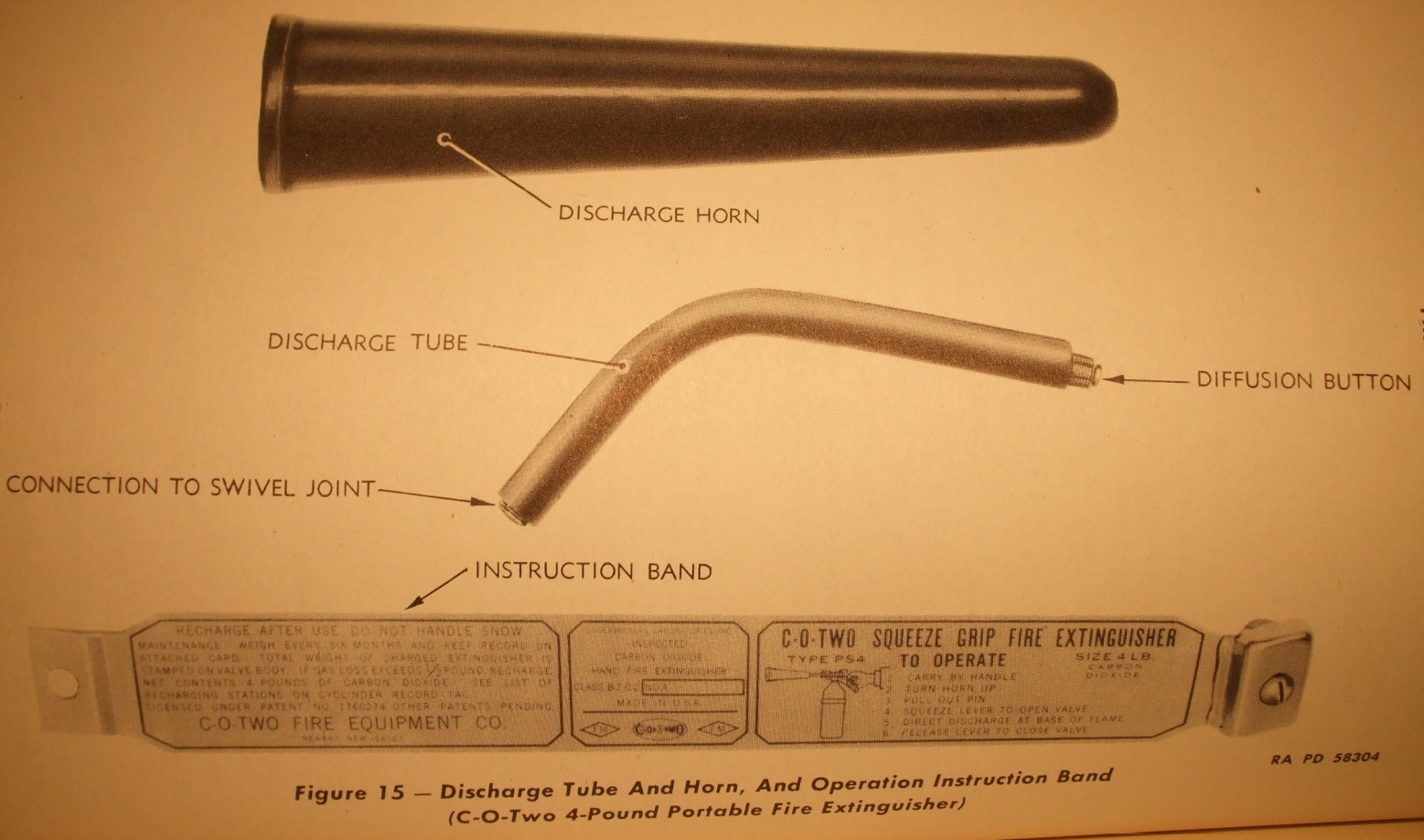
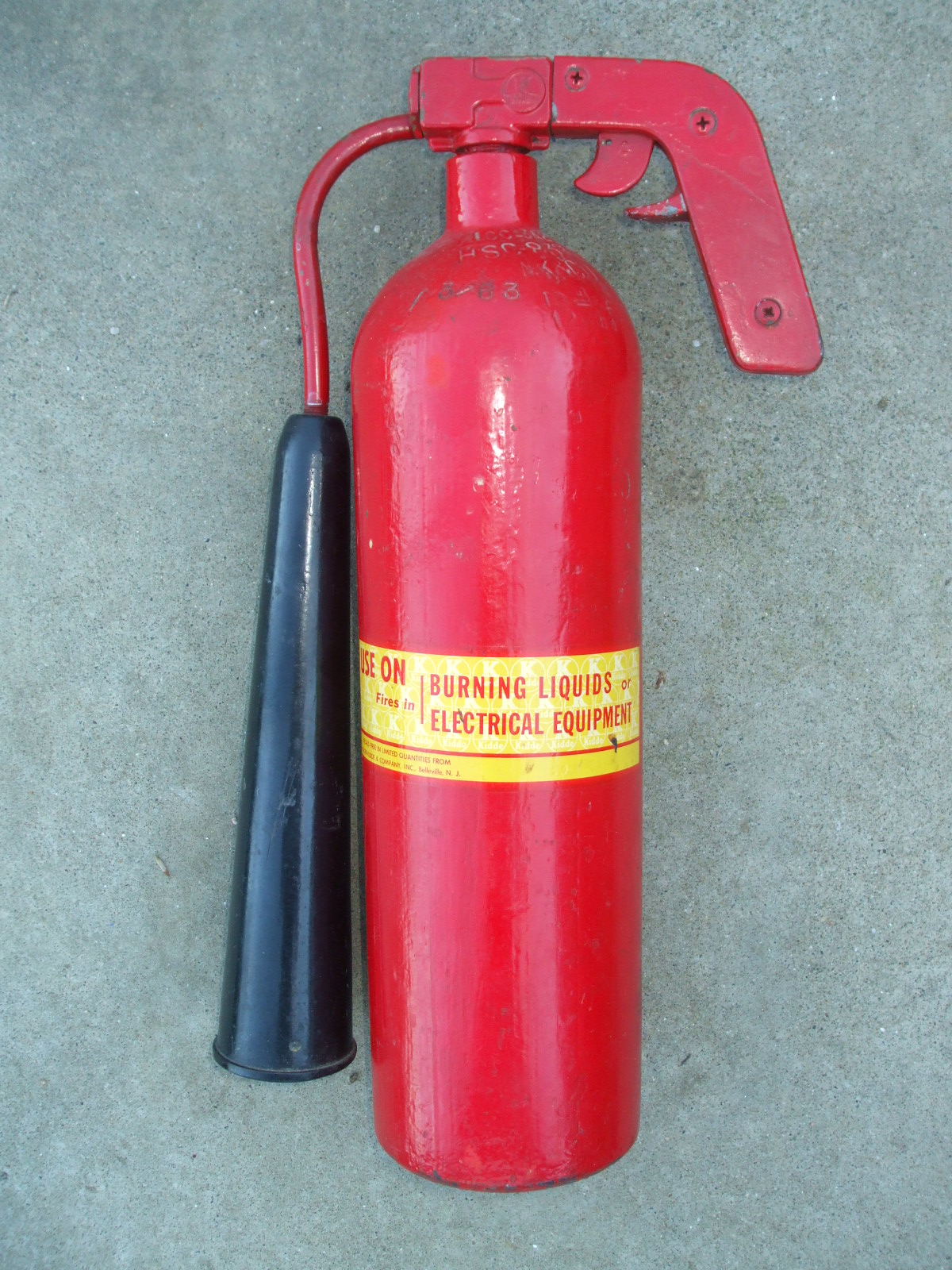

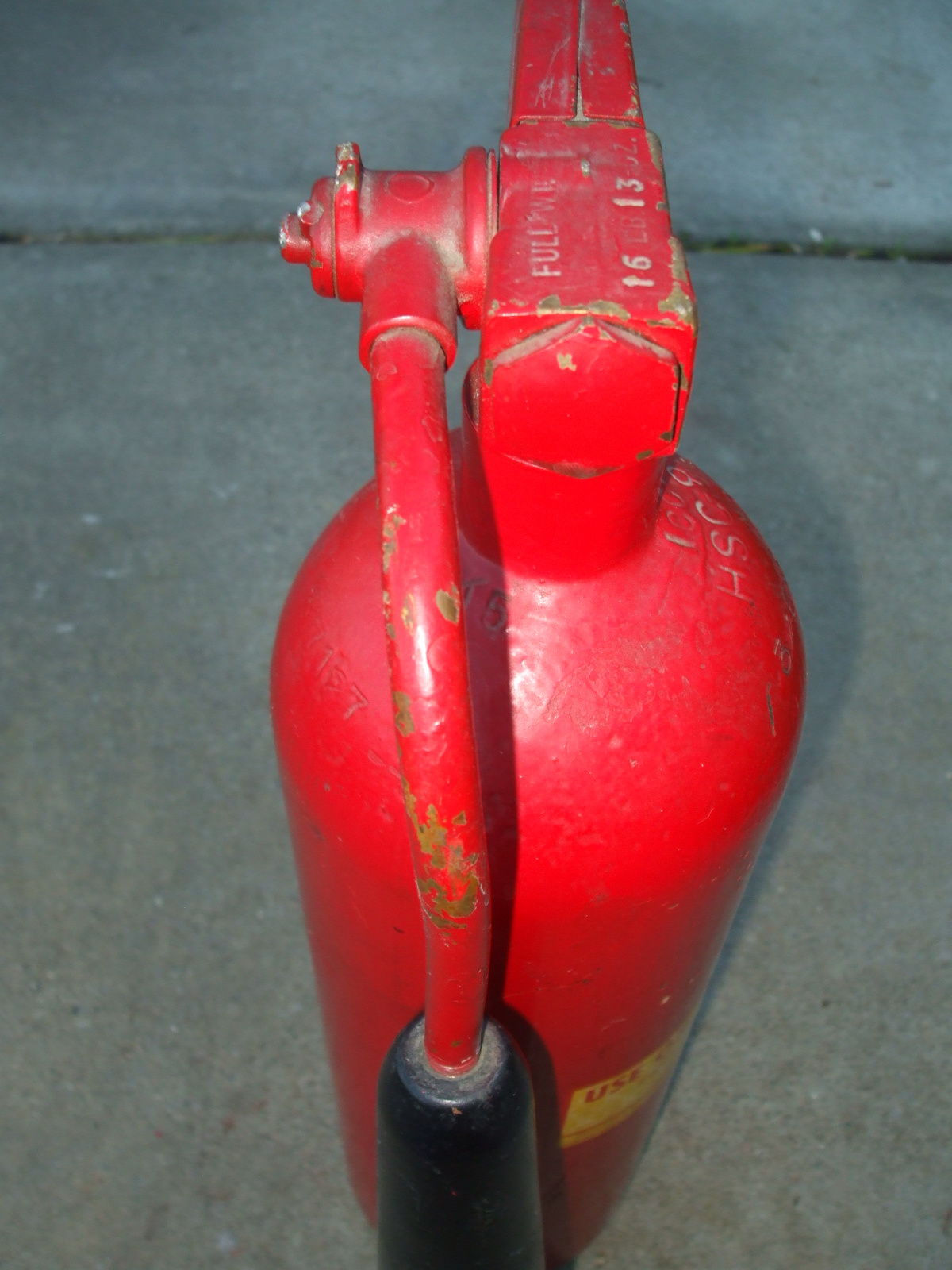
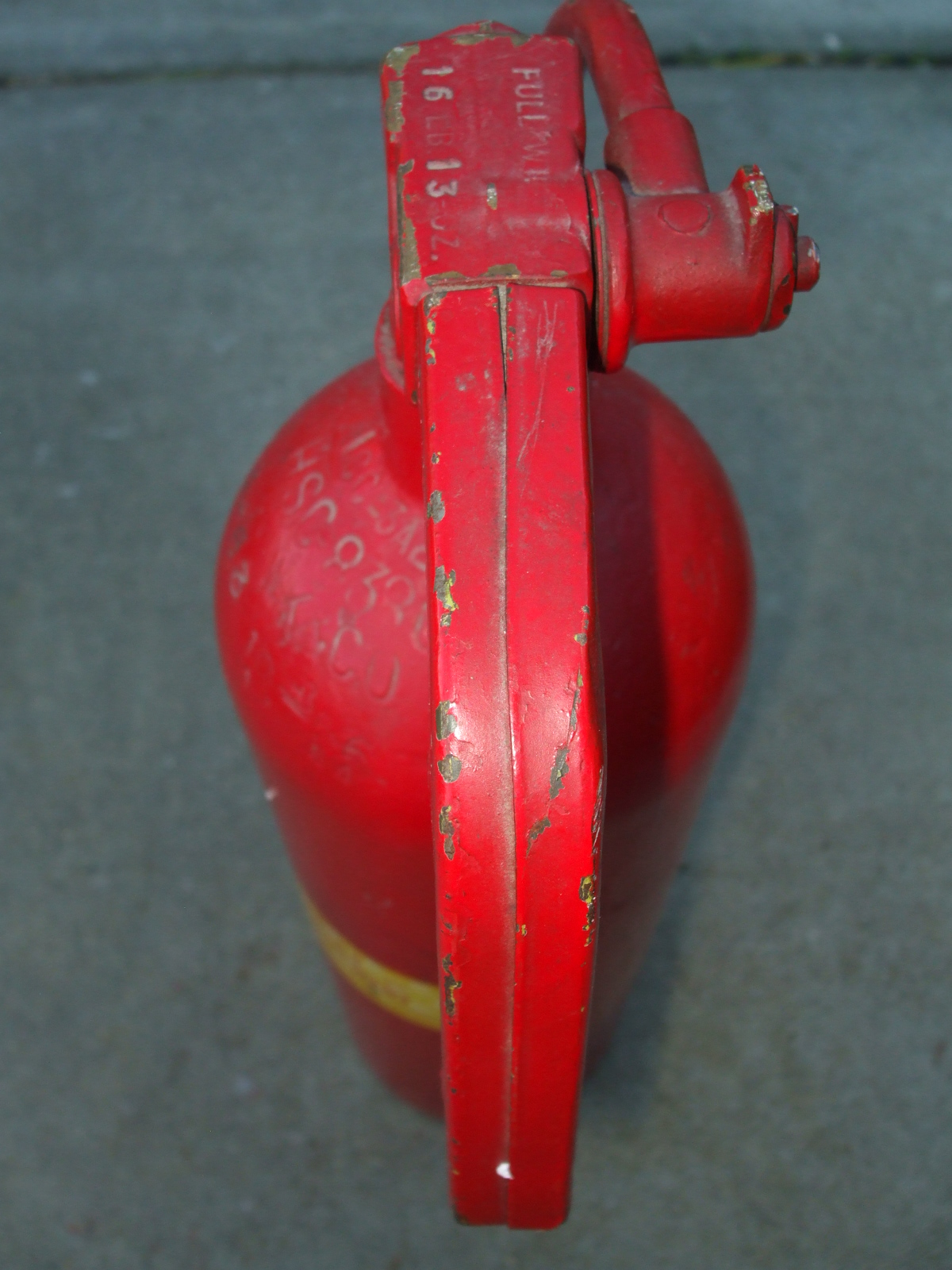
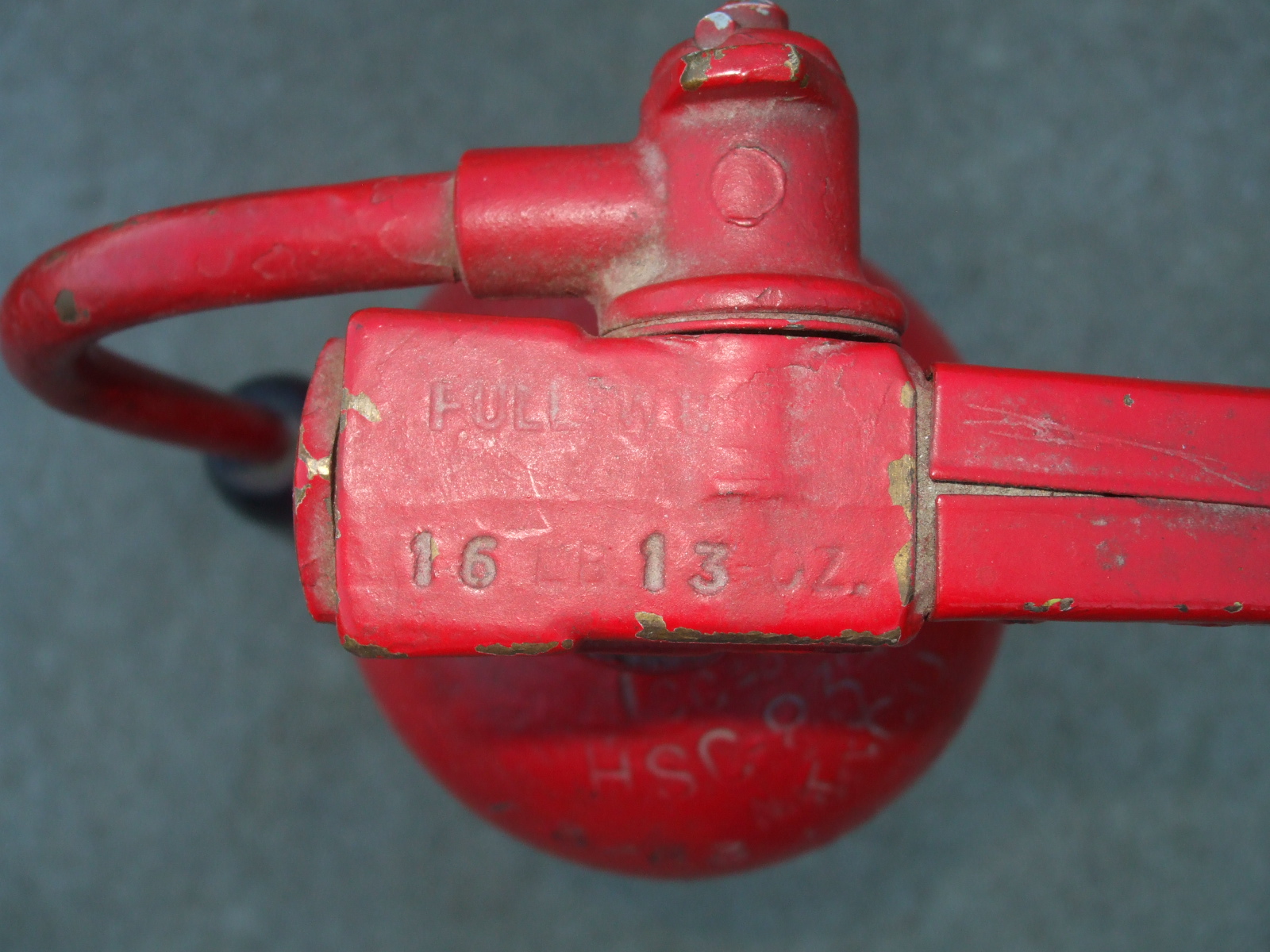
Leave a Reply
You must be logged in to post a comment.